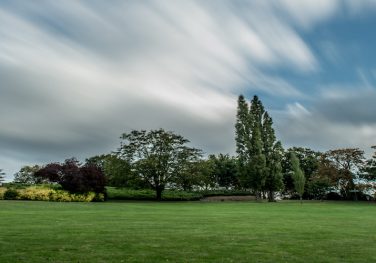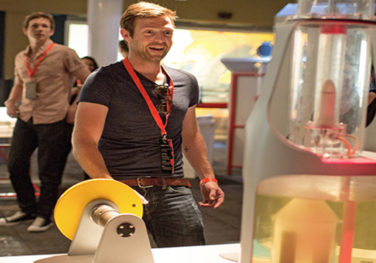Natural History Museum
Creating an icon
A 21-metre long bronze Diplodocus in the heart of London might sound like the stuff of science fiction. But this jaw-dropping site will soon be coming to the grounds of the Natural History Museum in South Kensington. The dinosaur will live in a new Jurassic Garden where visitors will be able to fully immerse themselves in prehistoric times. The landscape around the statue will use planting and geology from the Jurassic Period when the Diplodocus carnegii would have existed.
It’s part of the Natural History Museum’s Urban Nature Project, which aims to give people, particularly children, the opportunity to understand more about urban nature and ultimately become advocates for our planet.
- London’s Natural History Museum is the most visited natural history museum in Europe, the top science attraction in the UK and the fourth most visited museum or gallery in 2018/19.
- The Urban Nature Project will reach an additional 1.6million+ people through digital and national public programmes.
- The bronze Diplodocus carnegii replica will be 21.3m long, 4.25m high and approximately 2m wide, with 292 bones, 70+ tail vertebrae and nearly 60 finger and toe bones.

Creating a lasting impression
Our grant of £1,500,000 means the Natural History Museum in London can construct a weatherproof Diplodocus carnegii replica, which will be the most visible feature of the new gardens, and will play a big part in drawing in the crowds.
The Urban Nature Project gardens’ site transformation has been 142 years in the making, with the first garden designs proposed by architect Alfred Waterhouse in 1881. Now the project is underway to deliver a garden that will truly engage the public and leave a lasting impression.
“The Urban Nature Project opens the door for young people to fall in love with the nature on their doorsteps and develop a lifelong concern for the world’s wild places. Nature isn’t just nice to have, it’s the linchpin of our very existence and ventures like the Urban Nature Project help the next generation develop the strong connection with nature that is needed to protect it.”
More Success Stories

London Transport Museum

Horniman Public Museum and Public Park Trust

